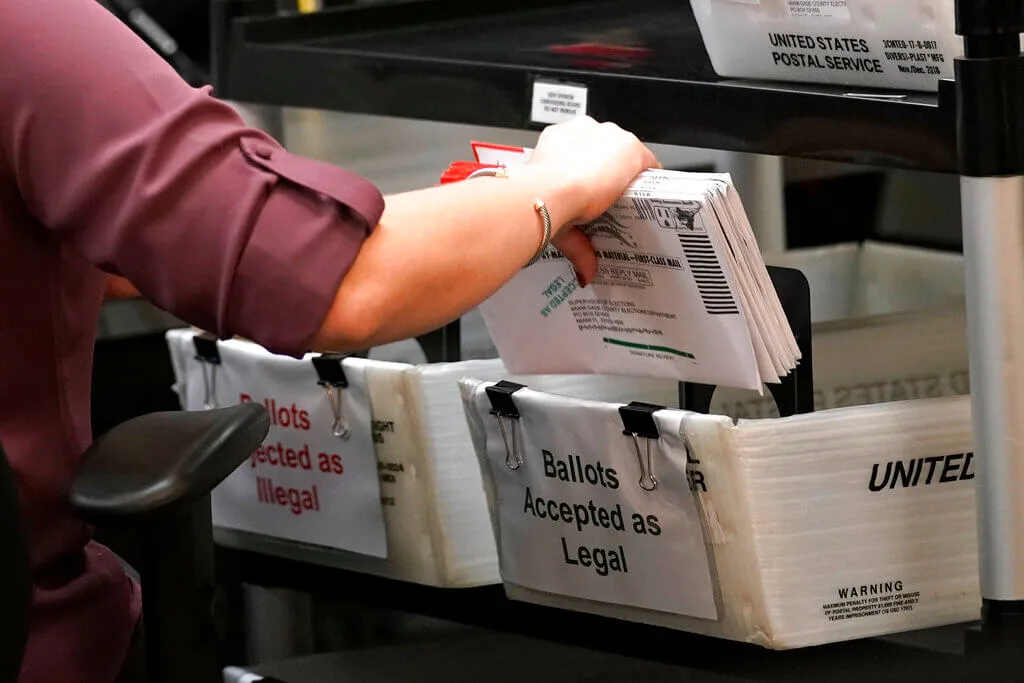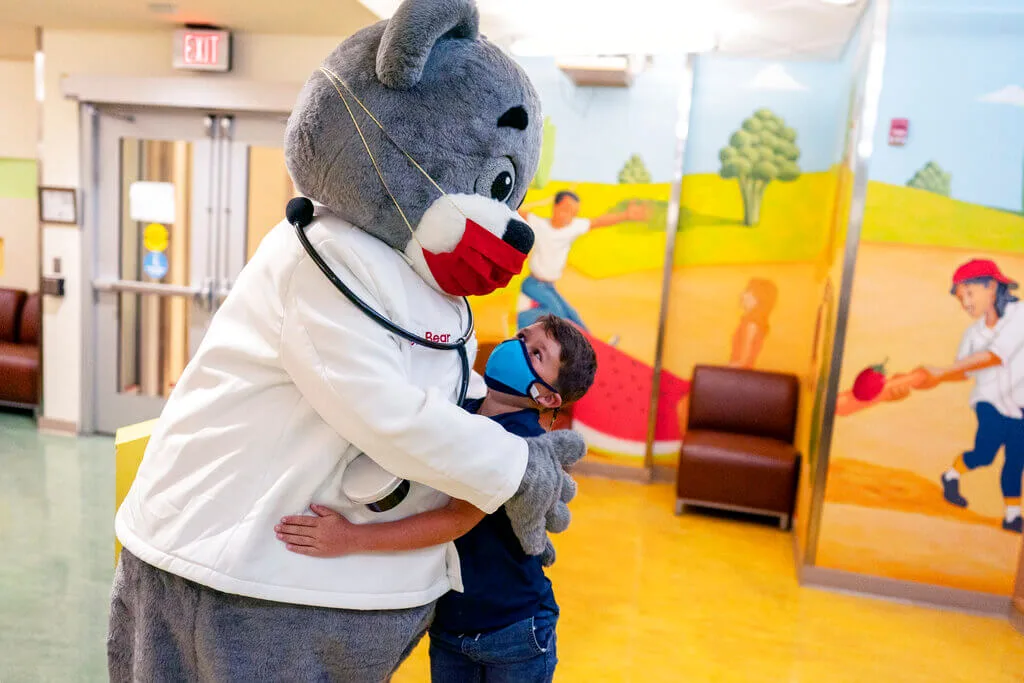
Image via Shutterstock.
This is how Coronavirus has changed the dynamics of the work — and their lives — forever. A pilot and two airlines crew members open up about their struggle to redefine safety.
All the blessings of a career in the air industry suddenly became a curse due to COVID-19. Everyday situations for aircrews — like being in an airport, continuous flying, meeting different people, traveling to different places and staying in different hotels — are now shadowed by the great risk of getting infected. The fear of losing their jobs is now a constant. Especially, for those working in the U.S. where there are more than half-million positive cases and the industry faces an all-time low.
Like millions of other essential workers, flight crews are expected to report to work every day, as if it was business as usual. What happens when your life depends on your job and your job depends on your life?
As if it were the scene of an apocalyptic movie, Captain Carlos Rivera remembers clearly the first time he saw an empty New York from the cockpit, how distressing it felt. JFK is his base airport, and he feels the tension right away when he gets out of the plane. The city is the epicenter of the pandemic in the United States.
“We are facing something that we can’t control, that is why we now fear.”
“Obviously, when we fly to New York now we are scared because we are at the epicenter, where more people are sick in the U.S. [Pilots] never fear while working, mostly because if an emergency occurs, we are prepared for that. But we are facing something that we can’t control, that is why we now fear. The few things you can do to control [the virus] are minimal, so it is very difficult,” said Captain Rivera.
Hundreds of airline employees have tested positive for COVID-19. Two JetBlue pilots have died. Jared Lovos, a young man from New Jersey that didn’t have any underlying condition. And Kevin J. McAdoo, a 49-years-old veteran pilot.
Airlines are one of the industries most impacted by COVID-19. At the beginning of January, even before the quarantine began, the International Air Transport Association (IATA) estimated that flights worldwide had already dropped to 70%. In that study, they also revealed that more than 25 million jobs will be affected, and not only airlines, but also other related trades.
“The flights are empty. Demand has declined for everyone. The airline has taken action on social distancing, blocking some seats so that people don’t sit together, among many other preventive measures. I also hear the said of people who say that we don’t have to fly. In many of these flights, there is an important load of medical materials, medicines, and that helps different areas. We carry a lot of cargo to Puerto Rico and other states, to help the emergency,” said Captain Rivera. The Puerto Rican-born pilot has 8,000 flight hours and has traveled to many cities and countries.
In late March, IATA general director, Alexandre de Juniac, has warned that several airlines will collapse in the U.S. and abroad, and others will be forced to consolidate or shut down.
Last Thursday, CNN also reported that the number of daily flights has dropped 96%. The multiple stay-at-home orders around the country have decreased the capacity of flights by 71%, according to Airlines for America, an industry group that represents carriers such as American, Delta, Southwest and United.
The Coronavirus Aid, Relief, and Economic Security (CARES) Act includes a $58 billion aid for airlines. Of that amount, $29 billion will be used in payroll grants for workers, and $29 billion in loans for the airlines.
“We live at risk all the time in the aviation world.”
“We live at risk all the time in the aviation world. As this (the virus) is invisible, we have to take more rigorous measures, wash our hands more, walk with masks. I have been lucky that I don’t have any contact with sick co-workers, but I have colleagues who have and have become ill because they had flown with co-pilots who have been ill. That is the difficult part of this disease, you do not know who is sick and who is not,” said the Captain. He has 22 years of experience and started to fly with corporations before working on commercial flights.
On April 6, Transport Workers Union, representing 65,000 aviation workers of some airlines like American Airlines and Southwest Airlines, asked the FAA and the Occupational Safety and Health Administration (OSHA) to do more for the safety of the workers.
The letter requested aircraft be thoroughly cleaned and disinfected in between flights and asked that flight attendants be provided with personal protective equipment.
“What worries me the most is flying and serving people who had the disease or who did not know they had the disease.”
The invisible danger of the virus is the most worrying for Laura Díaz, a Puerto Rican flight attendant based in Fort Lauderdale Airport. She worked until a week ago, but because of a health issue, she decided to take a month off and let the peek of the emergency pass.
“What worries me the most is flying and serving people who had the disease or who did not know they had the disease. You never know because they may approach you or touch something that you touch,” said Díaz who started to work in the air industry seven years ago.
As part of her work for a major airline, Díaz had to have constant contact with the passengers. “When it all started, the airlines, in general, were very diligent and allowed employees to start wearing gloves, but no masks, because CDC didn’t recommend by then. They also eliminated the food and beverage services, to reduce contact,” she added.
“Our greatest risk is being among people, more than with the suitcases.”
For Cynthia Ortiz, a member of the ground operations team in a major airline, all this is an unimaginable experience.
She is still in shock seeing one of the most crowded airports in the world, constantly empty. Miami International Airport (MIA) serves over 80 airlines and approximately 150 destinations around the globe.
“It’s always hard to find a parking spot here. Now, it’s always an empty parking lot,” she noticed.
Three years ago, before Hurricane Maria destroyed her native Puerto Rico, she decided to start a new life in Florida, where she found an opportunity to work at MIA. Before that, she worked in an office job for 20 years.
Ortiz work is physically demanding. Her tasks include receiving the planes, unloading the planes, transferring the suitcases to the carousel and loading the planes with the luggage for the next flight. She works with Venezuelans, Cubans, Americans, and people from different nationalities.
Her company provides them with safety products, such as sanitizers, and other disinfecting items. “The company takes great care of us. They always give us a briefing on the care we have to have. But our greatest risk is being among people, more than with the suitcases. We all take care of ourselves, we wear gloves, face masks. Every time we finish we wash our hands. In a locker, I leave my boots, in my car I put on other shoes and when I get home, I leave everything outside, ” she explained.
Disclaimer: The names in this story have been changed to protect the identity of the interviewees, due to fear of retaliation from the airlines.
Related: UPDATED: This Map Shows Where And Who Coronavirus Has Hit The Hardest In Florida
Politics

Teamsters and UPS Reach Tentative Deal to Avoid Strike, 340,000 Workers to Get Raises
The tentative deal represents a huge win for full- and part-time UPS Teamster workers, who would get significant pay raises and better working...



One Republican Senator Is Blocking 265 Military Promotions, Leaving the Marines Without a Confirmed Leader
Sen. Tommy Tuberville's decision means these military officers are not getting the pay raises they’re owed, cannot move their families to wherever...
Local News



Teamsters and UPS Reach Tentative Deal to Avoid Strike, 340,000 Workers to Get Raises
The tentative deal represents a huge win for full- and part-time UPS Teamster workers, who would get significant pay raises and better working...



One Republican Senator Is Blocking 265 Military Promotions, Leaving the Marines Without a Confirmed Leader
Sen. Tommy Tuberville's decision means these military officers are not getting the pay raises they’re owed, cannot move their families to wherever...




